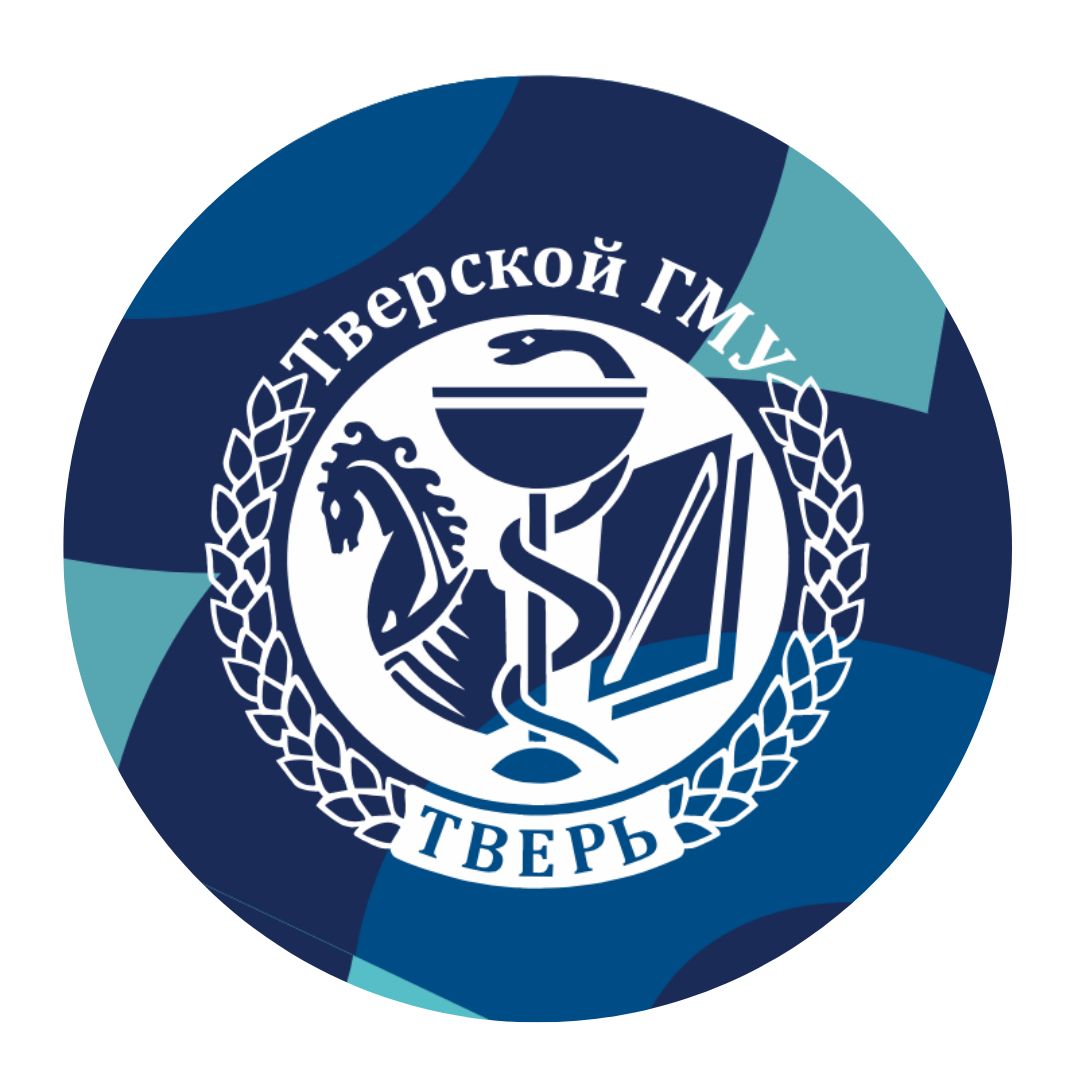
Tver State Medical University: A Century-Old Legacy of Excellence
Established in 1902, Tver State Medical University holds a prominent position in Russia, offering top-notch study equipment and a rich, diversified culture that are crucial for success. We are consistently striving to provide an exceptional educational standard and the best support to students aspiring to study MBBS in Russia in 2024.
Located near Moscow, TVSMU offers a strategic advantage over other universities in Russia, providing:
- World-Class Facilities
- Connectivity to Major Cities
- Transportation Hub
- Extensive Medical Exposure
- Valuable Learning Experiences in Moscow
From Humble Beginnings to a Leading Medical Institution
Starting as a pioneering dental institute in 1902, Tver State Medical University has grown into a leading medical institution in Russia. We proudly uphold our position as one of the oldest and most esteemed medical universities in Russia, boasting a rich legacy of shaping the future of healthcare.
A Commitment to Excellence
Tver State Medical University has consistently demonstrated an unwavering commitment to excellence, earning a well-deserved reputation as one of the premier medical colleges in Russia. Being recognized as one of the top 10 medical universities in Russia further validates our position as a leader in medical education, reflecting our continuous efforts to maintain high standards in academic excellence, research innovation, and healthcare delivery.
Historical Milestones: A Journey Through Time
1935-40: The People’s Commissariat of Health of the RFSR issued an order to establish a network of mental dental institutes in 1935. By 1936, the Leningrad State Dental Institute was created, situated at Nevsky Prospekt, 46, in the heart of Leningrad. With a dental complex of 45 chairs and space for 25 departments, the institute trained 150 students in therapeutic, surgical, and orthopedic dentistry over a four-year period.
1941-45: During World War II, the Leningrad Dental Institute was evacuated to Krasnoyarsk, where staff engaged in both treating wounded soldiers and conducting scientific research.
1949-50: The study period increased to 5 years, with 200 new admissions. During this period, the clinical base expanded to 65 dental chairs and a 60-bed hospital.
1954-58: A resolution passed by the Council of Ministers led to the reorganization of the Leningrad State Medical Dental Institute into the Kalinin State Medical Institute. Efforts focused on creating a medical base and establishing staff and laboratory departments.
1962-74: The institute began providing medical training to foreign students from Asia, Africa, and Latin America. The scientific council was granted the right to accept dissertations for scientific degrees in 1965. A theoretical teaching program started in 1972, and by 1974, the institute had a new regional clinical hospital with 1,100 beds.

